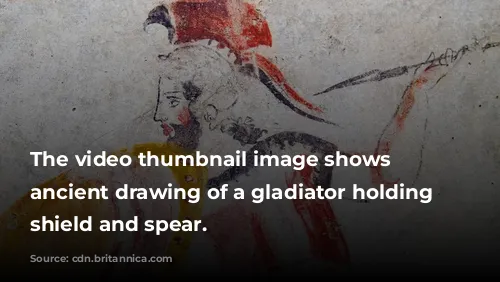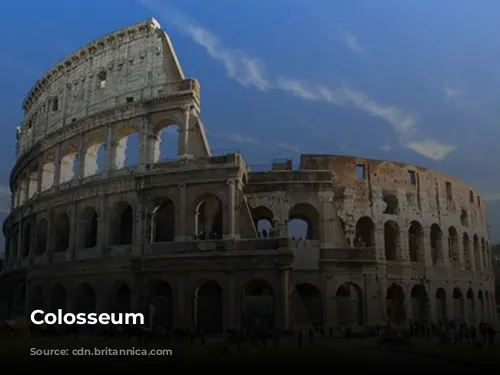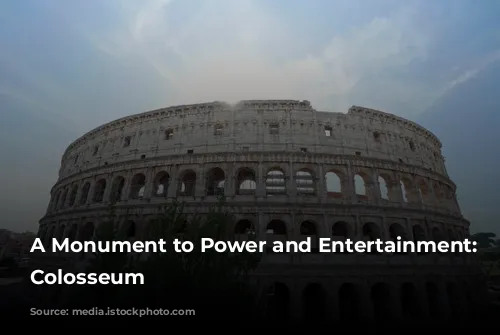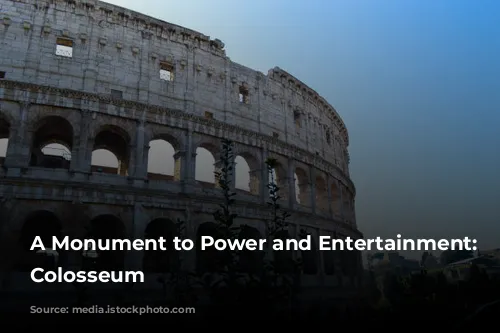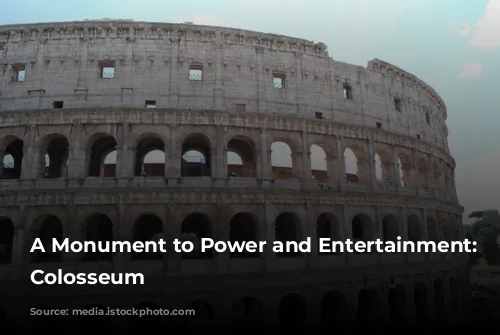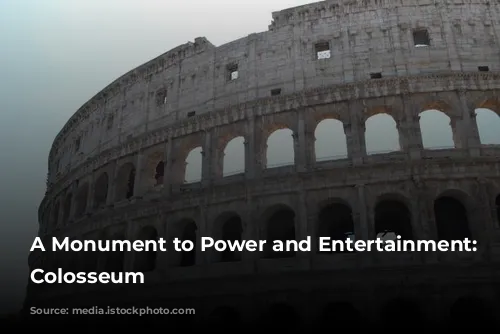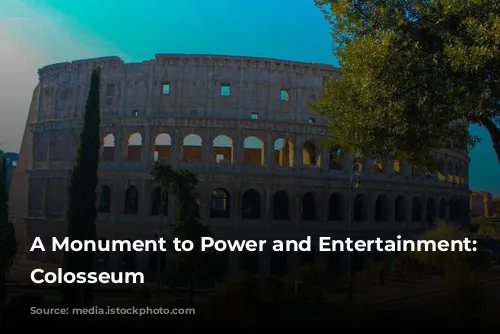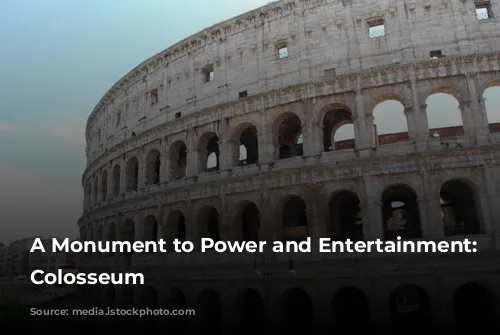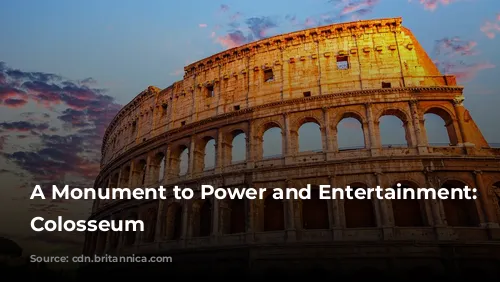The Colosseum, one of the few surviving structures from the Roman Empire, stands today as a testament to the architectural and engineering brilliance of ancient Rome. It’s not just a historical relic; it’s also a significant revenue generator for Italy, drawing millions of tourists each year.
A Beacon of Ancient Rome’s Power
The Colosseum was built as part of a grand effort to revitalize Rome following a period of turmoil. Emperor Vespasian, seeking to restore stability and showcase the Empire’s might, envisioned the Colosseum as a dazzling entertainment venue. Just like other amphitheaters, the Colosseum was intended to entertain the masses with thrilling gladiatorial combat, animal hunts, and even mock naval battles.
Construction began under Vespasian between 70 and 72 CE and was completed in 80 CE by his son, Emperor Titus, who dedicated it with 100 days of games. The final touch was added by Emperor Domitian in 82 CE, who completed the fourth story. It’s worth noting that the funding for this magnificent structure came from the plunder taken during Titus’s conquest of Jerusalem in 70 CE, and Jewish slaves were forced to labor on its construction.
From Glory to Decline and Rebirth
After the fall of the Western Roman Empire, the Colosseum fell into a state of serious disrepair. It was used as a fortress by powerful families like the Frangipane and Annibaldi in the 12th century. Later, in the 15th century, Pope Alexander VI allowed the Colosseum to be used as a quarry.
For over a thousand years, the Colosseum languished in neglect. It wasn’t until the 1990s that state-funded restoration efforts began, finally bringing this majestic structure back to life.
An Architectural Masterpiece
The Colosseum, also known as the Flavian Amphitheater, is an impressive elliptical structure made of stone, concrete, and tuff. Rising four stories high, it measures 620 by 513 feet and could hold up to 50,000 spectators. Its design is a marvel of engineering, featuring a complex system of barrel and groin vaults.
The Colosseum was built as a freestanding structure, unlike earlier amphitheaters that were often dug into hillsides for support. It was adorned with engaged columns in the Doric, Ionic, and Corinthian orders, a design that later became the basis for the Renaissance’s codification of architectural styles.
A World of Entertainment
The Colosseum was designed to provide shelter from the sun for its massive audience. A retractable awning, known as a velarium, could be extended and retracted using a complex rigging system manned by hundreds of Roman sailors.
The Colosseum was the stage for thousands of gladiatorial combats, animal hunts, and even elaborate mock naval battles. However, it remains unclear whether the arena was used for the martyrdom of early Christians.
A Monument to the Past, a Source of Inspiration for the Future
The Colosseum has had a long and fascinating history, from its glory days as a symbol of Roman power to its decline into ruin and its eventual revival. Today, it stands as a testament to the ingenuity of ancient Rome and its enduring impact on the world.
The Colosseum continues to draw millions of visitors each year, who come to marvel at its architectural grandeur and to glimpse into the vibrant and brutal world of ancient Rome. It serves as a reminder of the past, a source of inspiration, and a testament to the enduring power of human creativity and innovation.
